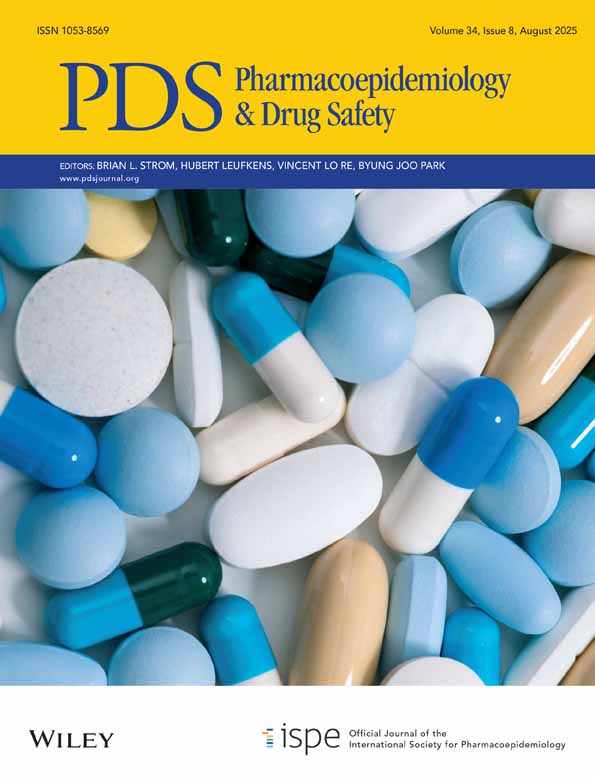Abstract
Purpose
There is a need for high quality evidence on the adverse effects of medical interventions to inform policy, practice and research. Methods to systematically review adverse effects have not been fully developed. We aimed to assess the current methods and reporting used by such reviews.
Methods
Survey of general medical, drug safety and pharmacology journals published in 2006. Methods including: searching, inclusion criteria, quality assessment and meta-analysis were assessed.
Results
Forty three systematic reviews from 2704 abstracts in 16 journals were included. The search strategy was not reported by 10 (23%) of reviews. The collection and reporting of the adverse effects from primary studies was described by 4/37 (12%) reviews and the quality of included studies was assessed by 15 (35%) of reviews. Meta-analysis on rare outcomes and handing of zero event data were inconsistent. A polarity in the standard of reporting between reviews was observed. The reporting standard we found was similar to another survey of systematic reviews.
Conclusion
Reporting was poor with respect to searching and definition/collection of adverse effects and guidelines such as QUOROM and MOOSE could be employed by authors. Comprehensive and clear reporting should be enforced by journals. The low proportion of reviews assessing quality, and the inconsistencies observed when modelling rare event data reflect the need for empirical research to underpin methods in these areas. Copyright © 2009 John Wiley & Sons, Ltd.




